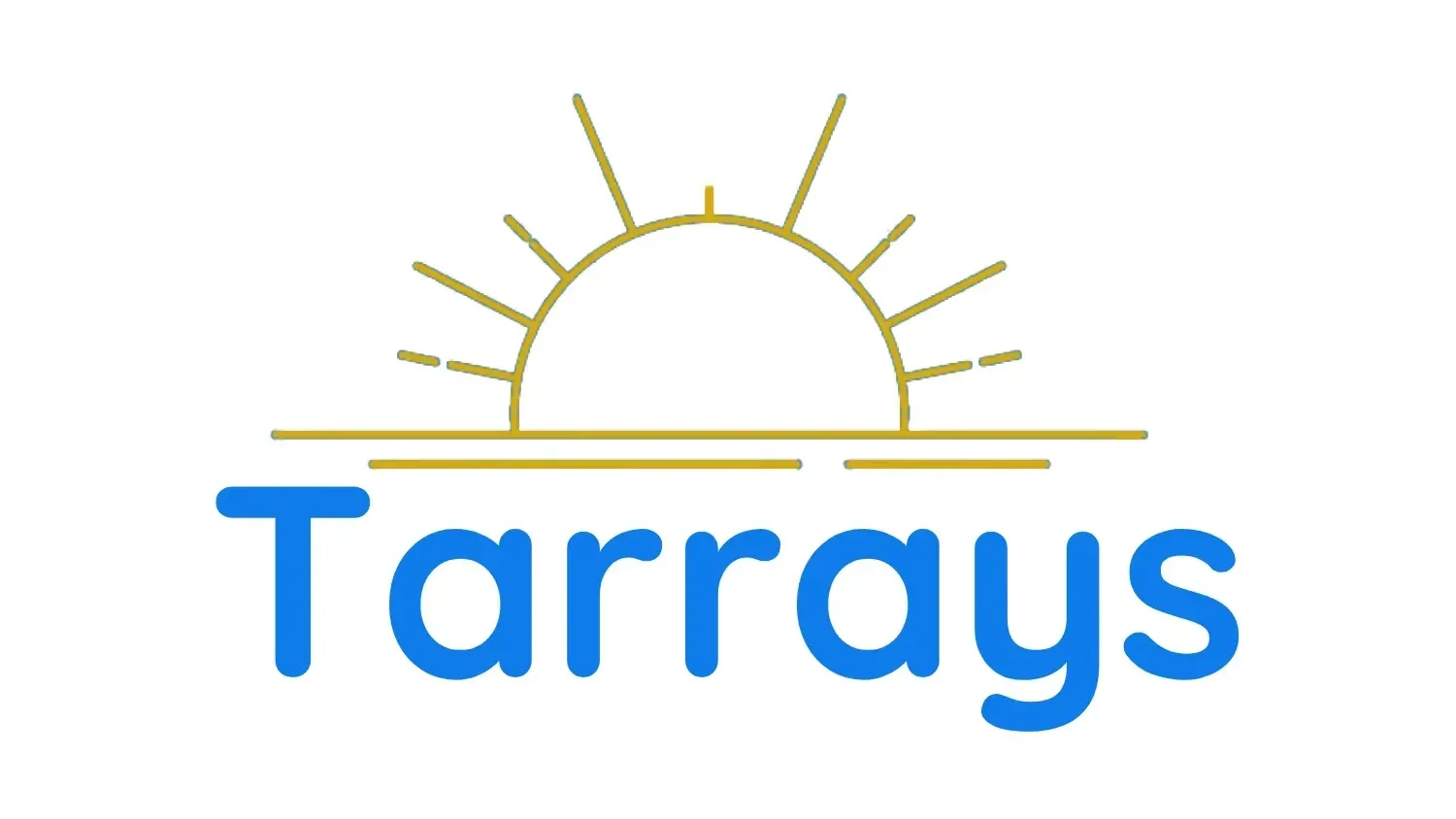Sustainable staffing: Reducing carbon footprint through remote and hybrid workforce solutions
Sustainability is no longer a side conversation for businesses. It has become a central priority for organisations across industries that want to balance growth with environmental responsibility. As companies look for ways to reduce their carbon footprint, one area that often gets overlooked is staffing. The way people are hired, placed, and supported in their roles can have a significant impact on both resource use and emissions.
At Tarrays, we recognise that sustainable staffing practices are not only good for the planet but also for business. By incorporating remote and hybrid workforce solutions, employers can lower operational costs, improve employee satisfaction, and make measurable contributions to their sustainability goals.
Why sustainable staffing matters
Every stage of traditional employment contributes to carbon emissions, from commuting and office energy consumption to recruitment travel and paperwork. In industries where large workforces are needed, such as healthcare, aged care, disability support, and office-based operations, these emissions can quickly add up.
Sustainable staffing practices provide a way to reduce this environmental impact while still meeting workforce needs. By adopting smarter recruitment strategies and leveraging digital tools, businesses can align themselves with global sustainability goals without compromising productivity or service delivery.
The rise of remote and hybrid work models
Remote and hybrid work arrangements are no longer temporary solutions introduced during the pandemic. They are now mainstream strategies that help companies attract talent, boost flexibility, and reduce costs. Importantly, they also play a direct role in lowering carbon emissions.
When employees work remotely, fewer cars are on the road and public transport usage decreases. This reduction in daily commuting translates into a measurable drop in greenhouse gas emissions. Hybrid models, where staff work part of the week from home and part on-site, provide a balance that supports both business needs and sustainability targets.
For healthcare and aged care providers, where frontline roles must remain on-site, hybrid approaches can still be implemented in administration, HR, rostering, and telehealth services. This allows organisations to reduce their footprint without compromising on patient or client care.
Digital collaboration reduces environmental impact
Technology plays a crucial role in enabling sustainable staffing. Video interviews, online onboarding, and digital document management significantly reduce the need for travel, printing, and physical office resources.
For example:
- Virtual interviews eliminate the need for candidates to travel long distances.
- E-signatures and cloud storage replace paper-based processes.
- Remote training platforms reduce the carbon cost of hosting in-person workshops.
At Tarrays, we help employers embrace these digital solutions to streamline recruitment processes while supporting sustainability goals. By reducing reliance on paper and travel, organisations can operate more efficiently and sustainably.
Smarter placements for greener operations
Sustainability in staffing is not only about remote work. It is also about making strategic placements that reduce unnecessary resource use. By matching the right candidates with the right roles, staffing firms help minimise turnover, which in turn reduces the need for repeated recruitment cycles, additional training, and wasted onboarding costs.
When staff are well-matched and retained long term, employers save resources and reduce the environmental impact associated with constant rehiring. This is particularly relevant in high-demand sectors like healthcare and aged care, where staffing shortages often lead to rapid rehiring.
Employee engagement in sustainability
An often-overlooked benefit of sustainable staffing practices is the positive effect on employees. Today’s workforce is increasingly motivated by purpose-driven work and many want to contribute to organisations that care about environmental impact. By offering remote and hybrid options, along with eco-conscious practices, employers demonstrate alignment with these values.
This not only attracts high-quality candidates but also improves retention. Employees are more likely to stay with organisations that prioritise both their well-being and the health of the planet.
How Tarrays supports sustainable staffing
Tarrays partners with organisations to design staffing strategies that support sustainability without sacrificing efficiency. Our approach includes:
- Advising on remote and hybrid workforce structures
- Implementing digital recruitment tools to cut down on travel and paper usage
- Matching candidates strategically to reduce turnover and resource waste
- Supporting businesses to align staffing practices with broader sustainability commitments
By focusing on smarter staffing solutions, we help employers reduce their environmental footprint while improving workforce outcomes.
The business case for sustainable staffing
Adopting sustainable staffing practices is not just about environmental responsibility. It makes strong business sense. Reduced overhead costs, improved employee satisfaction, and enhanced employer branding are just some of the benefits. Organisations that can demonstrate sustainability in their operations also position themselves as leaders in their industries, appealing to clients and partners who prioritise corporate responsibility.
By embracing remote and hybrid solutions alongside smarter placement strategies, businesses take meaningful steps toward sustainability. They cut carbon emissions, streamline recruitment, and create workplaces where employees thrive.
At Tarrays, we believe staffing firms can be powerful partners in driving positive environmental change. Sustainable staffing is about more than meeting today’s workforce needs. It is about building future-ready organisations that care for people, businesses, and the planet.












